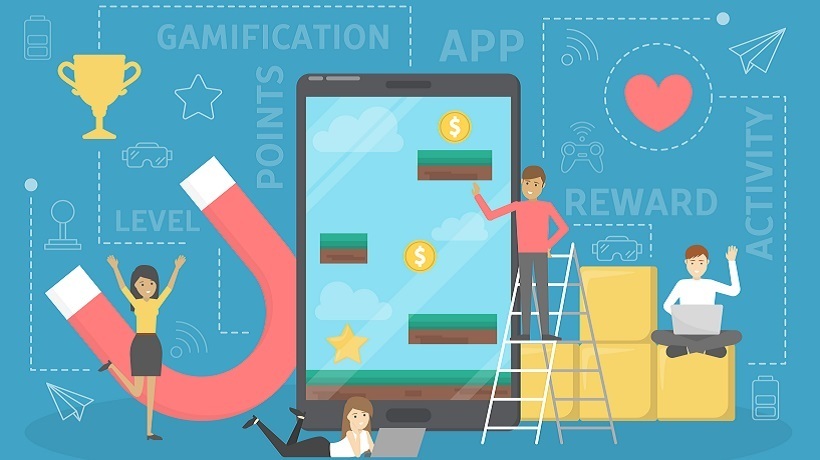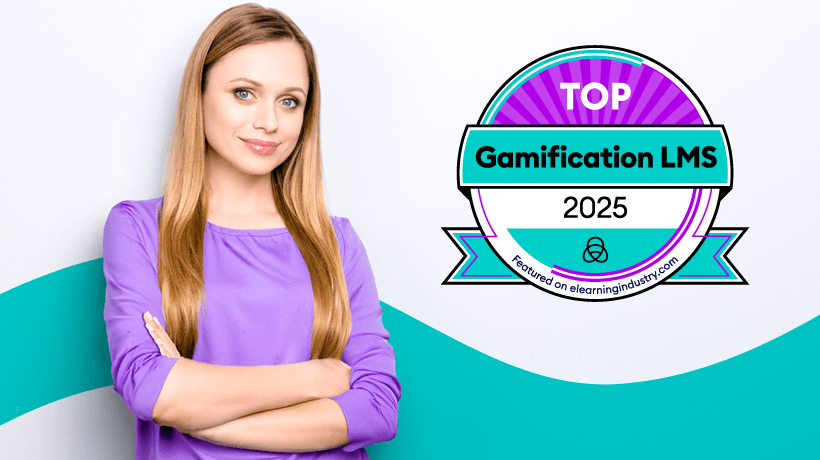How To Use Flow Theory and Gamification in the Employee Engagement Funnel
In the previous article - Using The Employee Engagement Funnel and Gamification For Business Transformation - we introduced the concept of the employee engagement funnel as symbol of employee awareness, learning and alignment with corporate goals. As we’ve mentioned in the first article in this series, the employee engagement funnel isn’t about screening employees or reviewing their performance. It is about engaging them with their work and the goals of the corporation.
The employee engagement funnel is a symbolic visualization of how employees become aware of corporate goals, learn more about the company, and change how they do their job and how other employees do it, too. In this sense, of aligning corporate goals with employee behavior, I’ve already discussed how Gamification has the potential of replacing Corporate Performance Management practices.
The employee engagement funnel goes from:
- Awareness
- Onboarding
- Engagement
- Leadership
- Ambassadors
In this article, we will explore the transition between the layers. As employees move through the funnel, their value to the organization becomes exponentially higher and their job satisfaction will grow commensurately.
Let's take a new product launch in a global organization as an example. Sales people are tasked with becoming aware of new product offerings, learning about them and integrating them into their thought processes, product argumentations and pitches. They need to creatively use their knowledge and create new solutions with new products, meeting customer needs. This integrative process doesn’t happen automatically once the sales person becomes aware of the product – it requires thoughtful expertise, and can greatly benefit from best practices used by other sales and solution people. This is also the time when leaders and ambassadors can be important agents.
When I used to sell Business Intelligence projects, I remember competing with a large multinational provider. The company I was representing (let’s call them “Big Base”) was missing a certain element that prevented it from offering an end to end solution. I then heard Big Base had acquired the missing element and was relieved – we now had a good shot at winning the account. There was one problem I was surprised to discover: the sales people at Big Base hadn’t even entered the “awareness” level in the engagement funnel. They not only did not integrate the products made through the new acquisition into their thoughts about the solution. They didn’t know it existed.
How can organizations harness the employee engagement funnel?
Awareness
First, we need to create awareness of corporate goals or changes that need employee attention. Sometimes segmenting employees into audiences does the trick – which is the employee audience that would most benefit from the knowledge? It also allows the organization to tailor different messages to employees: solution engineers, sales people and integration experts.
Awareness is also about culture. Most organizations would benefit from a culture of awareness and engagement. Gamification is a great platform for this cultural shift, using onboarding, training and learning gamification, with an emphasis on completion and not competition, which brings us to the next phase:
Onboarding
During this phase sales people learn more about new product features, advantages, market fit, integration with other products and more. Onboarding can be gamified easily, both at the team and personal level. Consider using team level onboarding when the sales process requires a collaborative effort.
Engagement
During this phase the sales person has the knowledge, but it isn’t enough. The knowledge has to be integrated with the employee’s prior knowledge and combined, sometimes creatively, with other offerings the company has. This requires an emotional commitment since the employee needs to get out of their comfort zone.
Leadership
Leaders aren’t always managers, they are usually active people in the community. What they do is help others get into the engagement level by onboarding them and helping them integrate the new learning into their day to day work. In this level, gamification that rewards team development works well.
Good Gamification design will detect the people that are engaged easily and quickly, and will challenge them to start leading. It shouldn't be too early before they are ready, nor too late. Otherwise the organization risks losing potential leaders to boredom.
Ambasadors
Ambassadors breaks the walls of their close environment. They are evangelists. In this example, they can post a blog about how they integrated the newly acquired solution, building cross organizational knowledge. In this level, gamification can provide ambassadors with recognition.
Thinking of the employee engagement funnel when introducing new products to market gives organizations a better sense of what to do next. Rather than providing employees with information about new product offerings, or engaging in any learning or onboarding process with no end but to let employees know about the new product, the engagement funnel changes the corporate culture. It encourages employees to not only learn but to disseminate the information and integrate it with their work. It also rewards them for engaging additional employees and stakeholders into the same process.









